Ticketmaster Loses Lawsuit
December 10, 2011 in Daily Bulletin
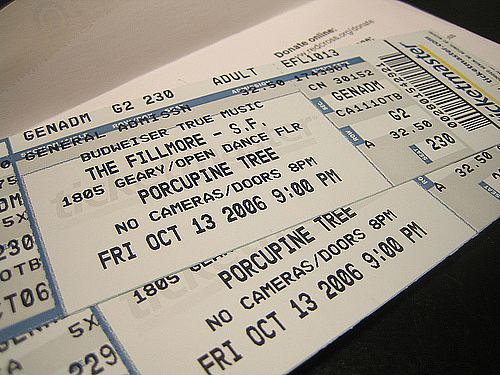
The OC Weekly wrote that Ticketmaster has lost a class action lawsuit, Curt Schlesinger et al. v. Ticketmaster. The lawsuit was filed over Ticketmaster’s allegedly over-priced service charges. Ticketmaster will continue to charge service fees but they will have to change the description of these fees. Those who bought from Ticketmaster could receive these refunds:
- A dollar and a half credit on up to 17 tickets bought over the course of October 1999 – October 2011
- A five dollar refund for customers who used the expedited delivery option

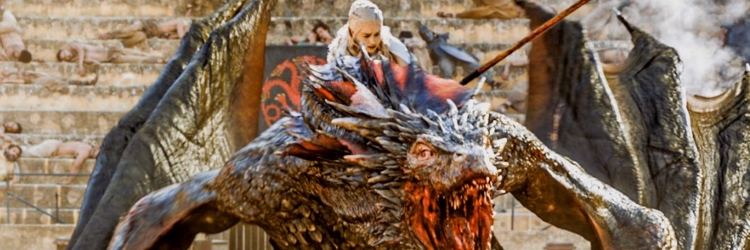







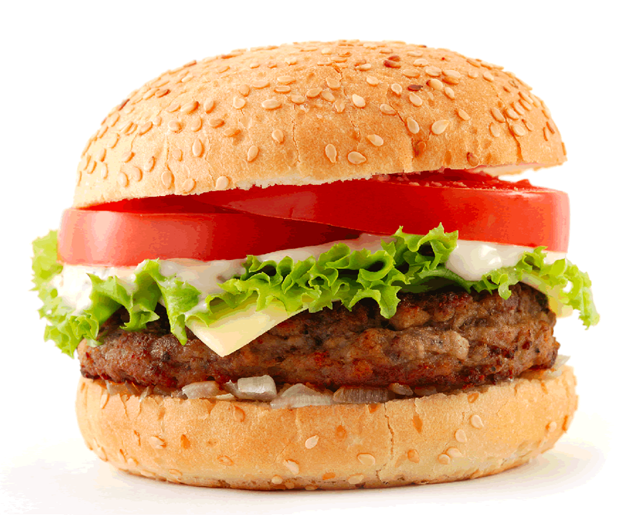


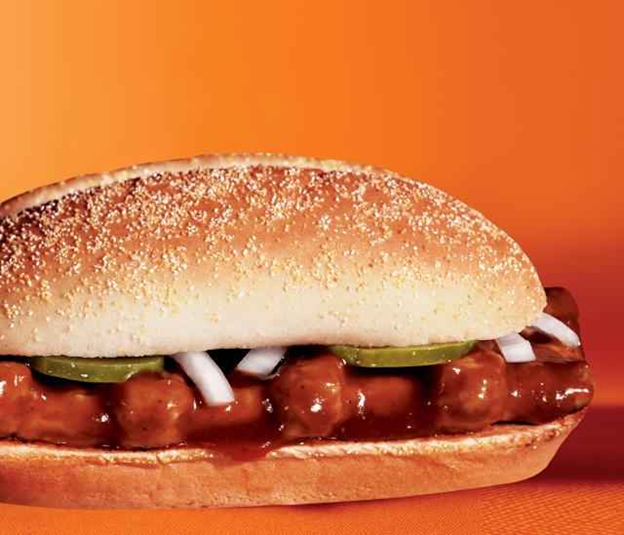

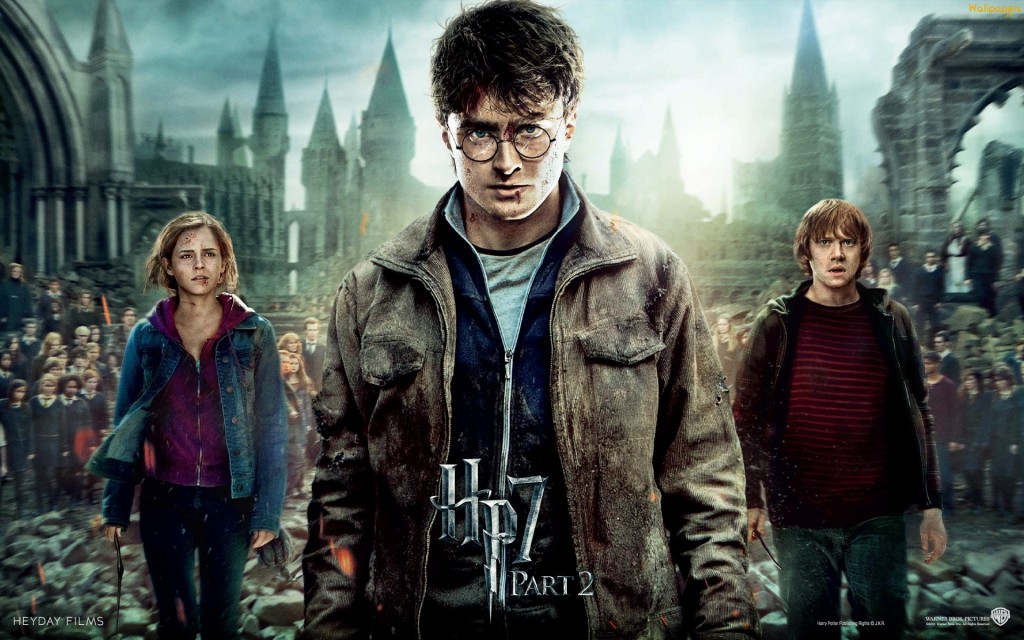
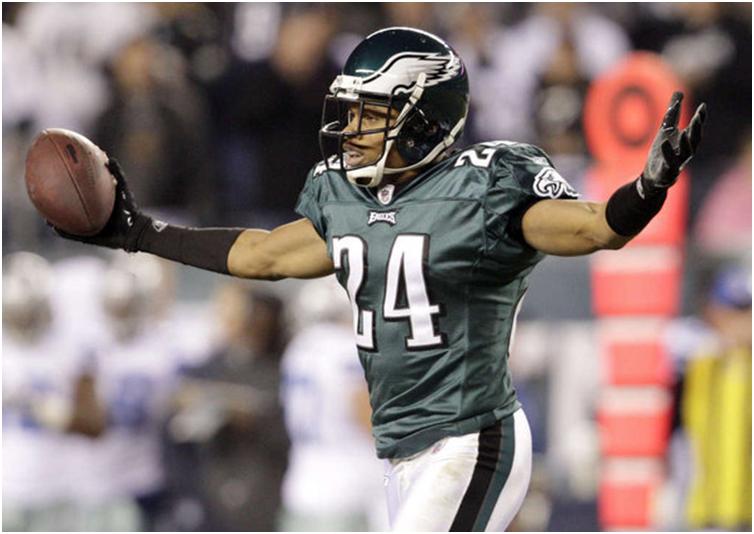
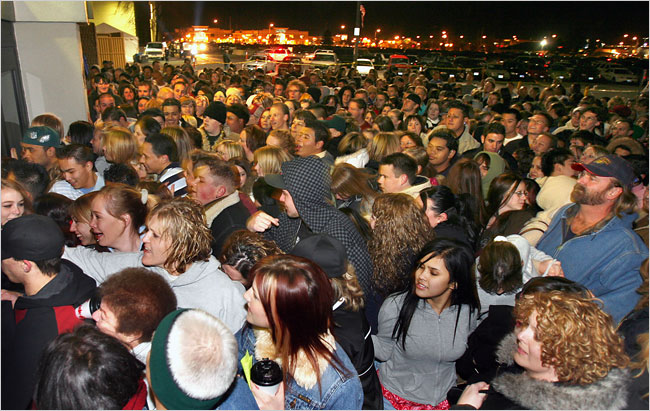
Join the Discussion! (No Signup Required)